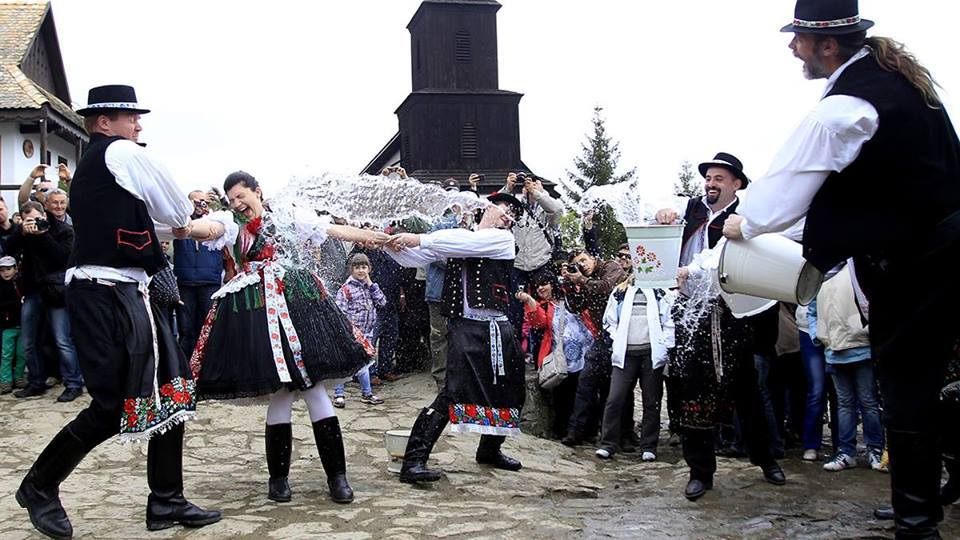A quick guide to Hungarian Easter traditions

There are innumerable traditions and symbols related to Easter, which are shared across many nations, like Palm Sunday or the feasting on Easter Monday. At the same time, there are some which are slightly different or non-existent elsewhere – just think about the ‘watering’ of girls in Hungary.
Sokszínűvidék has put together a quiz where you can test your knowledge on Easter traditions, but we have decided to turn this into a guide and explain the differences between international and Hungarian customs.
Let us begin with terminology: Easter in Hungarian is Húsvét which is literally comprised of ‘meat’ and ‘taking’. This compound word literally serves as a reminder that the 40-day lent has ended.
There is a bit of a trick to Palm Sunday since in Hungarian, it is called Virágvasárnap, a compound word again, comprised of virág (flower) and vasárnap (Sunday). This might create some confusion, as it is said that Jesus was welcomed with the symbol of peace, palm branches, into Jerusalem, and not with flower petals. Since there are no palms in Europe, in many places during the celebration, willow or yew branches were used – just think about the other English term for Palm Sunday: Yew Sunday.
At the same time, other days like Ash Wednesday are the same in Hungarian as well; we say Hamvazószerda: hamvazó means ‘to spread ash’ and szerda is Wednesday, as you might have learnt from us already.
So, what about the symbols and things we eat? Hungarians look at the Easter lamb in the same way as all Christians: it is the symbol of the sacrifice that the innocent Jesus made for humanity.
Even though the tradition of painting and gifting eggs stretches back way before Christianity, Hungarians have developed an entire craft around it. After all, no one can deny that the handcrafted, intricately decorated Hungarian Easter Egg is a gem in itself. The patterns resemble embroidery; this is why it is called hímes tojás, translating to ‘embroidered egg’.

It is time we mention a truly Hungarian and unique custom, watering the girls, Wet Monday or Húsvéti locsolkodás in Hungarian. This essentially means that boys sprinkle water on girls so that they will be fertile and healthy. Today, the sprinkling of girls with a bucket of water is becoming less and less common, as a lot of boys turn to perfume. Often, little boys learn a short poem to accompany the sprinkling, and in exchange, they get a painted egg, a chocolate egg and sometimes a bit of money too.
This tradition is so well-embedded and important for Hungarians that it has become a Hungarikum.

photo: www.facebook.com/Hollókő, az élő falu
There are, however, customs and traditions that are less known in Hungary, like the Easter bunny that brings and then hides presents in the garden for children to find, or the decoration of the Easter tree. Both are customs that Hungarians have taken up from other nations, but that have no roots in this region or are not as widespread as the old Hungarian traditions.
featured image: www.facebook.com/Hollókő, az élő falu
Source: sokszinuvidek.24.hu





